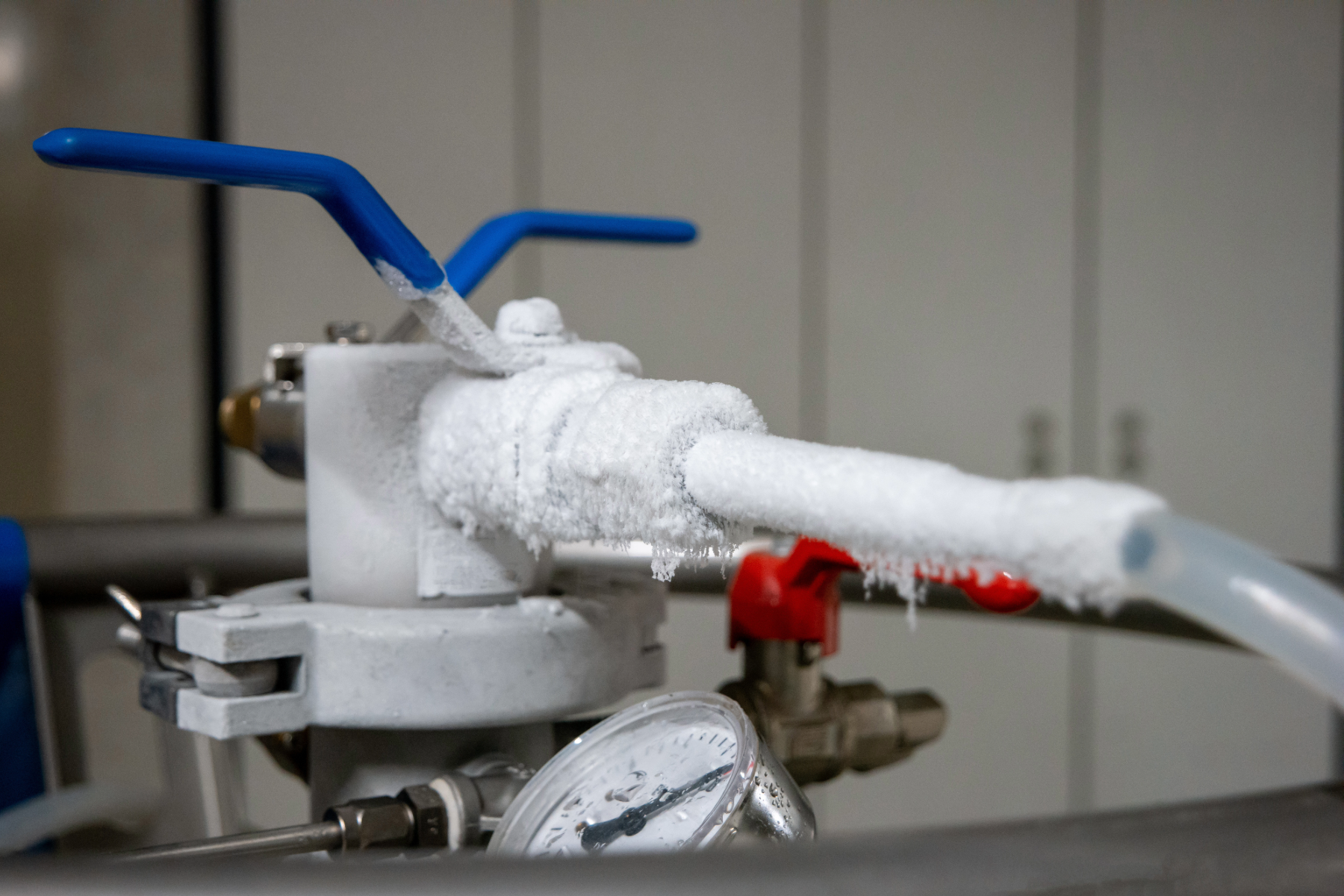By TJ Grim, Ready 2 Respond Trainer
Cold weather increases the risk of water damage for facilities everywhere – not just in northern regions. Sudden freezes can trigger pipe failures and flooding, particularly during weekends or extended periods of closure. In many cases, just a few hours below freezing is enough to cause significant damage.
The consequences extend far beyond the initial leak. Burst pipes and other water intrusions can halt operations, force relocations, and result in substantial repair costs. They also place additional strain on facilities and maintenance teams already managing seasonal priorities such as storm clean-up, snow and ice removal, roof and gutter clearing, and heating system upkeep.
Proactively integrating preventive water-readiness checks into a broader winter maintenance program is one of the most effective ways to reduce the risk of costly disruptions and maintain facilities' safety, operation, and resilience when temperatures drop.
Here are some essential checks to add to your winter prep routine:
1. Inspect and Insulate Pipes
Frozen pipes are a leading cause of winter water losses. Walk through basements, entryways, stairwells, mechanical rooms, and along exterior walls. Look for uninsulated or under-insulated pipes and seal any gaps where cold air can enter. Be sure to check low-traffic areas that may not be heated regularly.
2. Service Heating Systems
A reliable heating system is the best defense against frozen plumbing. Ensure boilers, furnaces, and thermostats are serviced before the cold weather sets in. Test backup power sources to ensure heat remains consistent during outages. Even a few hours without heat can cause a chain reaction frozen pipes and water damage.
3. Test Detection and Shutoff Systems
Minutes matter when water intrusion occurs. Confirm water sensors and alarms are functioning and positioned in vulnerable areas. Also, ensure that team members are aware of shutoff valve locations and have practiced a shutdown drill. A fast, coordinated response is the difference between a minor inconvenience and a significant water emergency.
4. Pre-stage Response Resources
Strategically staging equipment before an event saves critical time. Confirm that air scrubbers, dehumidifiers, airmovers, and flood extraction tools are serviced, cords inspected, and stored in warm, accessible locations. Consider where incidents are most likely to occur and where they could be the most damaging – such as dorms during winter break, basements in older buildings, or labs with sensitive equipment – and stage equipment nearby.
5. Winterize Drying Equipment
Emergency tools are only practical if they’re reliable when needed. Winterizing dehumidifiers and airmovers prevents mid-season failures and extends their service life. This step delivers measurable savings by avoiding repair costs and delaying expensive replacements.
6. Review Contact Lists and Staffing Plans
Water emergencies often occur during off-hours – nights, weekends, and holiday closures. Updating communication plans, including emergency contact lists and staffing protocols, ensures that the right people can be reached quickly. Clarify roles in the event of an emergency: who responds first, who authorizes a shutdown, and who escalates to contractors. Clarity saves time when stress levels are high.
7. Refresh SOPs and Training
Every facility should have documented standard operating procedures (SOPs) for water emergencies. Ensure that they are accessible, up-to-date, and have been effectively communicated to the team. As part of regular team training, run real-life simulations to practice emergency response: secure the area, stop the source, document conditions, and initiate the drying process. Practice builds confidence and ensures faster, more effective response when real events occur.
The Big Picture
Winter prep is about more than frozen pipes – it’s about strengthening overall facility resilience. Just as teams inspect HVAC systems or update fire safety equipment, these water intrusion readiness checks should be part of the seasonal routine.
R2R helps institutions build a culture of preparedness through assessments, training, and professional-grade equipment – so when winter weather comes, teams are ready. For more facility management tips, follow us on LinkedIn and subscribe to our Facility Insights newsletter.


Case Study: Mt. San Antonio College Transforms Water Event Response
Keep Building Occupants Informed During Water Damage Response